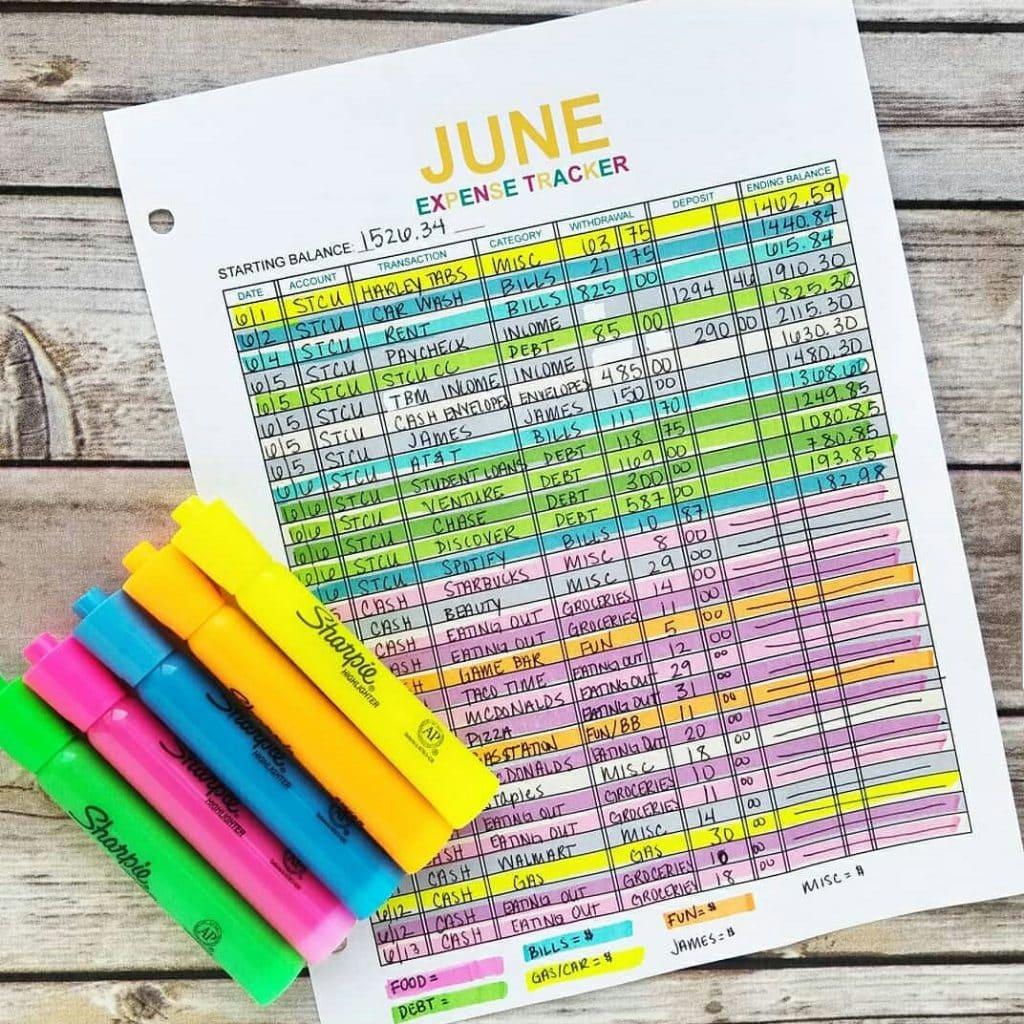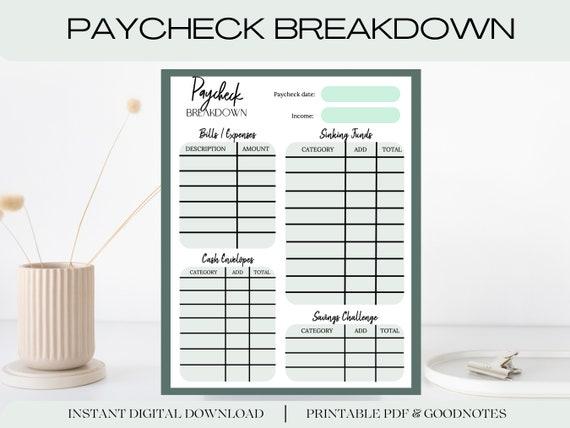In an era dominated by digital wallets and contactless payments, the tactile act of stuffing cash into envelopes might seem like a nostalgic throwback-or perhaps just another fleeting TikTok fad. Yet, beneath the viral videos and colorful clips lies a budgeting method that has captured the curiosity of many: cash stuffing. Is it merely a trendy way to showcase financial discipline online, or does it hold genuine promise as a serious tool for managing personal finances? This article dives into the phenomenon, exploring the balance between social media spectacle and practical money management.
Table of Contents
- Understanding Cash Stuffing and Its Rise on Social Media
- The Psychological Impact of Using Cash Envelopes for Budgeting
- Comparing Cash Stuffing to Digital Budgeting Methods
- Practical Tips for Implementing Cash Stuffing Effectively
- When Cash Stuffing Might Not Be the Best Financial Strategy
- Frequently Asked Questions
- To Wrap It Up
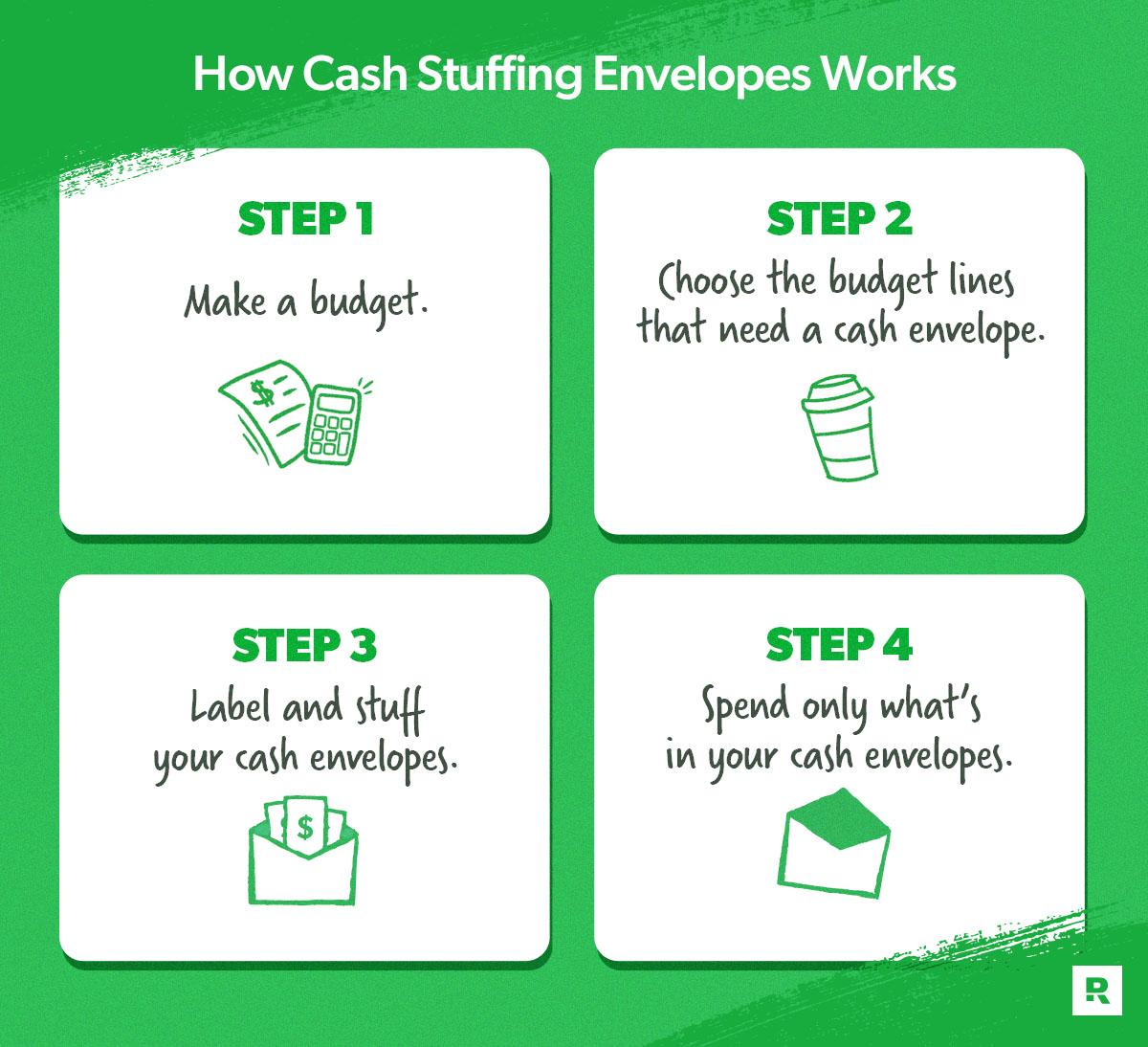
Understanding Cash Stuffing and Its Rise on Social Media
At its core, cash stuffing is a straightforward budgeting method where individuals allocate physical cash into designated envelopes or containers, each earmarked for specific expenses. This tactile approach transforms abstract numbers on a screen into tangible money, making spending decisions more deliberate and mindful. The resurgence of this technique, especially among younger generations, has been fueled by the viral nature of social media platforms like TikTok, where users share their personalized cash stuffing setups and monthly budgeting journeys.
What makes cash stuffing particularly appealing in the age of digital finance is its simplicity and visual satisfaction. Watching wallets or jars fill up with cash provides a sense of accomplishment and control that digital transactions often lack. On TikTok, these videos often feature colorful envelopes, meticulous categorization, and creative organization methods, turning financial discipline into a form of art and community engagement. This visual element has helped demystify budgeting for many who find traditional financial advice overwhelming or dull.
Key reasons behind the trend’s rise include:
- Accessibility: No need for complex apps or software; anyone can start with just cash and envelopes.
- Accountability: Physically seeing money leave an envelope discourages overspending.
- Community support: Social media fosters a shared experience, motivating users to stick to their goals.
However, while the trend often appears as a fun DIY project, many users attest to its effectiveness in reducing debt and increasing savings. Its tactile nature can be a powerful tool for those who struggle with impulse purchases or digital overspending. Below is a simple comparison of digital versus cash budgeting approaches often discussed within these communities:
| Aspect | Digital Budgeting | Cash Stuffing |
|---|---|---|
| Visibility | Numbers on a screen | Physical money in envelopes |
| Spending Control | Less tangible, easier to overspend | More tangible, harder to overspend |
| Setup | Requires app/software | Minimal materials needed |
| Community Engagement | Online forums and apps | Social media trends (TikTok, Instagram) |
The Psychological Impact of Using Cash Envelopes for Budgeting
Handling physical cash through envelopes triggers a unique psychological response that digital transactions often fail to replicate. The tactile sensation of money, combined with the visual cue of diminishing bills, creates a heightened awareness of spending habits. This tangible connection fosters greater accountability and can reduce impulsive purchases, as seeing your budget physically shrink is a powerful deterrent.
Moreover, cash stuffing taps into the brain’s reward system by offering immediate feedback. Each envelope acts as a mini-goal, and staying within its limit provides a sense of accomplishment that apps or credit statements sometimes lack. This method also leverages behavioral reinforcement, encouraging consistent budgeting practices that build financial confidence over time.
- Increased mindfulness: Physically counting and dividing money slows down spending decisions.
- Visual progress tracking: Watching envelopes fill or empty enhances goal orientation.
- Reduced anxiety: Clear boundaries on spending reduce the mental clutter of managing finances.
| Psychological Benefit | Effect on Budgeting |
|---|---|
| Tactile Engagement | Enhances spending awareness |
| Immediate Feedback | Boosts motivation through visible results |
| Goal-Oriented Structure | Encourages disciplined saving habits |
Comparing Cash Stuffing to Digital Budgeting Methods
When it comes to managing money, the debate between physical cash stuffing and digital budgeting methods is more than just a clash of old school versus new school. Both have their unique strengths and limitations, shaping how individuals approach their finances on a daily basis. Cash stuffing-a system where cash is literally allocated into envelopes for different spending categories-brings a tactile, visual element that many find grounding and disciplined.
On the other hand, digital budgeting apps offer convenience and flexibility that cash simply cannot match. With features like automatic transaction tracking, real-time notifications, and integrated savings goals, apps can streamline money management for tech-savvy users. However, the intangible nature of digital money sometimes makes overspending easier, as the immediate “feel” of parting with cash is missing.
Here’s a quick breakdown of how the two compare:
- Physical Control: Cash stuffing forces a hard limit visible to the eye and hand, reducing the risk of overspending.
- Convenience: Digital tools allow spending from anywhere without the need to carry physical cash.
- Tracking & Analytics: Apps provide insightful reports and trends, which cash stuffing lacks unless manually documented.
- Psychological Impact: Handling physical money can create a stronger emotional connection and awareness of spending habits.
| Feature | Cash Stuffing | Digital Budgeting |
|---|---|---|
| Spending Awareness | High (Physical Cash) | Moderate (Notifications) |
| Ease of Use | Simple but manual | Automated and fast |
| Flexibility | Limited to cash on hand | Flexible with multiple accounts |
| Budget Tracking | Manual | Automatic & detailed |
Ultimately, the choice depends on personal preference and lifestyle. Some find the tactile method of cash stuffing profoundly effective for controlling impulsive buys, while others thrive on the efficiency and insights provided by digital solutions. For many, a hybrid approach-using cash for discretionary spending and apps for bills and savings-might just strike the perfect balance.
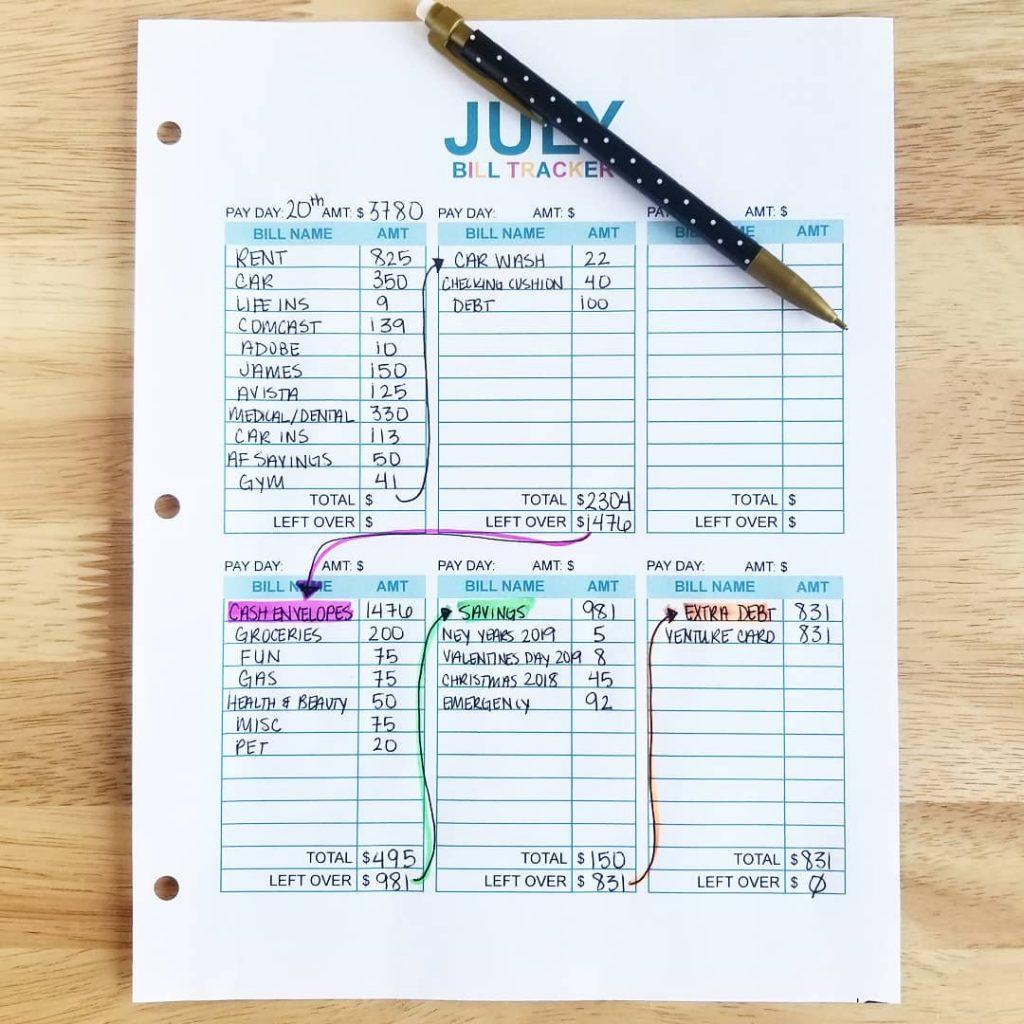
Practical Tips for Implementing Cash Stuffing Effectively
Start by selecting clear, manageable categories for your expenses. Instead of vague labels like “miscellaneous,” opt for specific ones such as groceries, transportation, dining out, and entertainment. This clarity not only sharpens your focus but also helps avoid overspending in any one area. Using envelopes or separate cash holders for each category creates a tangible boundary, making it easier to track where your money flows.
Consistency is key. Dedicate a specific day each week or month to refill your envelopes. Treat this routine as a financial ritual, reinforcing discipline and making budgeting a natural part of your lifestyle. Regularly reviewing your spending patterns also ensures your categories evolve with your needs, preventing stagnation or misallocation.
- Set realistic spending limits based on past habits.
- Keep a small buffer envelope for unexpected expenses.
- Use a simple tracking sheet or app to complement your cash system.
To maximize effectiveness, combine cash stuffing with digital tools. Though cash envelopes handle daily expenses, apps can track monthly bills and savings goals. This hybrid approach offers the best of both worlds: the tactile satisfaction of cash and the convenience of technology. Remember, the goal is to build a budgeting system tailored to your lifestyle, not to follow trends blindly.
| Tip | Why It Works |
|---|---|
| Label envelopes clearly | Prevents confusion, promotes accountability |
| Refill regularly | Maintains steady cash flow, builds habit |
| Track expenses | Identifies spending leaks, helps adjust limits |
| Combine with apps | Balances cash use with digital convenience |
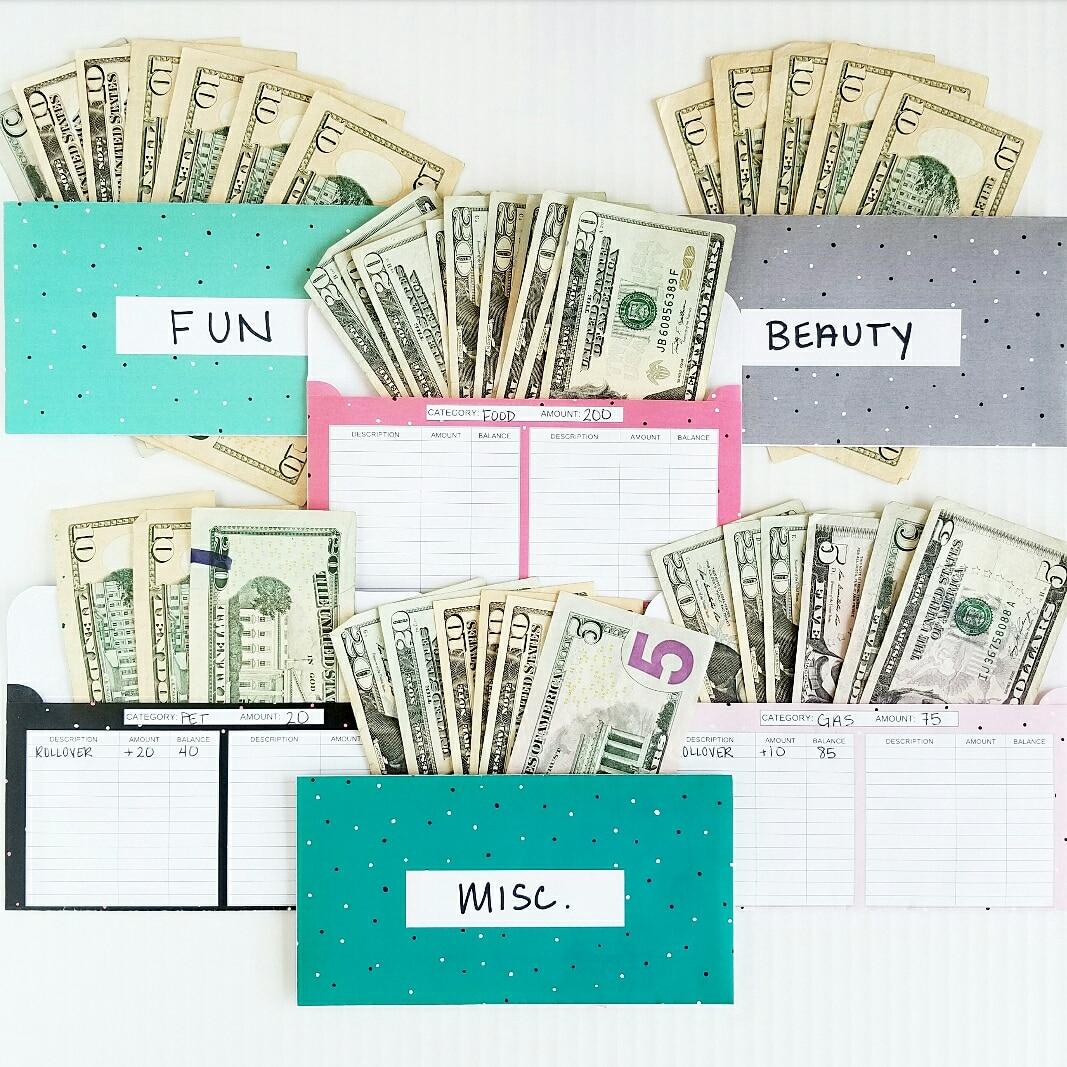
When Cash Stuffing Might Not Be the Best Financial Strategy
While the cash stuffing method has gained traction for its simplicity and tactile approach to budgeting, it isn’t a one-size-fits-all solution. For those with highly variable income, such as freelancers or commission-based earners, allocating fixed cash amounts can become frustrating and impractical. The rigidity of envelopes may not adapt well to fluctuating paychecks, sometimes leading to either overspending or underutilizing funds.
Additionally, in today’s increasingly digital economy, relying heavily on cash can present logistical challenges. Many bills and subscriptions are automatic or online-only, making it cumbersome to pay solely with cash. This disconnection from digital banking tools can reduce the ability to track expenses efficiently or take advantage of budgeting apps that offer real-time insights and alerts.
It’s also worth noting that cash stuffing doesn’t inherently encourage savings growth through investments or interest accrual. For individuals aiming to build wealth or manage debt strategically, this method might lack the flexibility and opportunities offered by more comprehensive financial plans.
- Irregular income: Difficult to allocate fixed cash amounts when earnings vary.
- Digital payments: Inconvenient for automatic bills or online purchases.
- Limited growth: No interest or investment benefits from holding cash.
| Scenario | Why Cash Stuffing Struggles |
|---|---|
| Freelancer with fluctuating income | Fixed cash envelopes lack flexibility |
| Paying online subscriptions | Cash cannot automate recurring payments |
| Long-term wealth accumulation | Cash doesn’t earn interest or dividends |
Frequently Asked Questions
Q&A: Cash Stuffing – TikTok Trend or Serious Budget Tool?
Q1: What exactly is cash stuffing?
A1: Cash stuffing is a budgeting method where you allocate physical cash into labeled envelopes or compartments for different spending categories-like groceries, entertainment, or bills. The idea is to control spending by only using the cash you’ve set aside for each category.
Q2: Why has cash stuffing gone viral on TikTok?
A2: TikTok’s vibrant community loves sharing quick, relatable money hacks, and cash stuffing fits perfectly. The trend’s appeal lies in its tactile, visual approach to budgeting-watching people creatively decorate envelopes and proudly show off their “stuffed” cash makes money management feel fun and achievable.
Q3: Is cash stuffing just a passing fad or a legitimate budgeting strategy?
A3: While it’s trendy now, cash stuffing is rooted in an age-old envelope budgeting system championed by financial advisors for decades. Its resurgence on social media has breathed new life into the method, proving it can be both a trendy challenge and a serious tool for financial discipline.
Q4: Who benefits most from cash stuffing?
A4: People who struggle with overspending on cards or digital payments often find cash stuffing helpful. Physically seeing and handling money creates a tangible connection to spending, which can curb impulsive buys and enhance mindful budgeting.
Q5: Are there any downsides to cash stuffing?
A5: Managing physical cash can be inconvenient, especially with the rise of cashless payments. There’s also the risk of loss or theft. Plus, it may not suit everyone’s lifestyle, especially those who prefer digital tracking apps or have irregular income flows.
Q6: How can someone get started with cash stuffing?
A6: Begin by listing your monthly expenses and income, then decide how much cash to allocate to each envelope based on priorities. Use simple envelopes, wallets, or even DIY creative containers. The key is consistency and adjusting as your financial situation evolves.
Q7: Can cash stuffing be combined with digital budgeting tools?
A7: Absolutely! Many people use cash stuffing for day-to-day discretionary spending while tracking overall finances with apps. This hybrid approach blends the tactile benefits of cash with the convenience of digital oversight.
Q8: What’s the takeaway on cash stuffing-is it just a TikTok trend or a serious budget tool?
A8: Cash stuffing is both-a social media sensation that revives a classic budgeting technique. Whether it’s a temporary craze or a long-term habit depends on individual needs, but its core principle of mindful money management remains timeless.
To Wrap It Up
Whether cash stuffing is a fleeting TikTok craze or a genuinely effective budgeting method ultimately depends on how it fits into your financial lifestyle. For some, the tactile experience of dividing money into envelopes offers a clear, disciplined way to manage spending and savings. For others, digital tools may provide the flexibility and convenience they need. As with any financial strategy, the key lies in personalizing your approach-embracing what motivates you to stay on track, whether that’s the rhythmic ritual of cash stuffing or another budgeting technique entirely. In the end, the best tool is the one that empowers you to take control of your money with confidence and clarity.